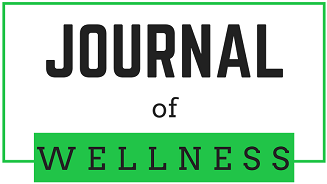
Funder
The author(s) received no specific funding for this work
Conflict of Interest
The author(s) have no conflict of interest to declare for this work
Abstract
Introduction: Faculty vitality is the ideal synergy between engaged faculty and mission-driven institutions that generates a fruitful environment for academic productivity, career satisfaction, and fulfillment of shared goals. The COVID-19 pandemic has introduced unprecedented disruptions to faculty vitality, with profound perturbations to individual and institutional support networks. However, the extent of this impact is unclear, as are strategies to mitigate loss of faculty vitality and prevent burnout.
Methods: We developed a survey instrument to evaluate the impact of COVID-19 on faculty vitality and burnout at a mid-sized, Midwestern academic institution affiliated with a university hospital. Survey items focused on individual and institutional factors that are predictive of faculty vitality, organized around themes of work-life integration, professional engagement, and institutional support. The survey also evaluated the impact of interventions implemented in response to the pandemic on faculty burnout.
Results: One hundred and thirty-eight clinical and basic science faculty participated in the survey. Female faculty are less satisfied with work-life integration since the onset of the pandemic. Almost all (98.2%) faculty respondents experienced detriments to their professional development, and 38% believed their research was affected. Faculty of color experienced more detrimental effects on their professional development. Self-reported burnout increased from 23.6% before to 44.8% after the pandemic. Burnout was associated with lack of career development opportunities, whereas career satisfaction and utilization of university support efforts were protective.
Conclusion: Faculty vitality has decreased since the pandemic began, but institutional support can mitigate these detrimental effects. Additional research on the efficacy of interventions to support female faculty, early-career researchers, and under-represented minorities in medicine is needed.
DOI
10.55504/2578-9333.1117
Recommended Citation
Ferriby Ferber, Megan; Chen, Tina H.; Vallot, Patrice L.; McHowat, Jane; and Bitter, Cindy C.
(2022)
"Associations between Faculty Vitality and Burnout in the COVID-19 Era: the Experience of One Institution,"
Journal of Wellness: Vol. 4
:
Iss.
1
, Article 9.
DOI: https://doi.org/10.55504/2578-9333.1117
Available at:
https://ir.library.louisville.edu/jwellness/vol4/iss1/9
